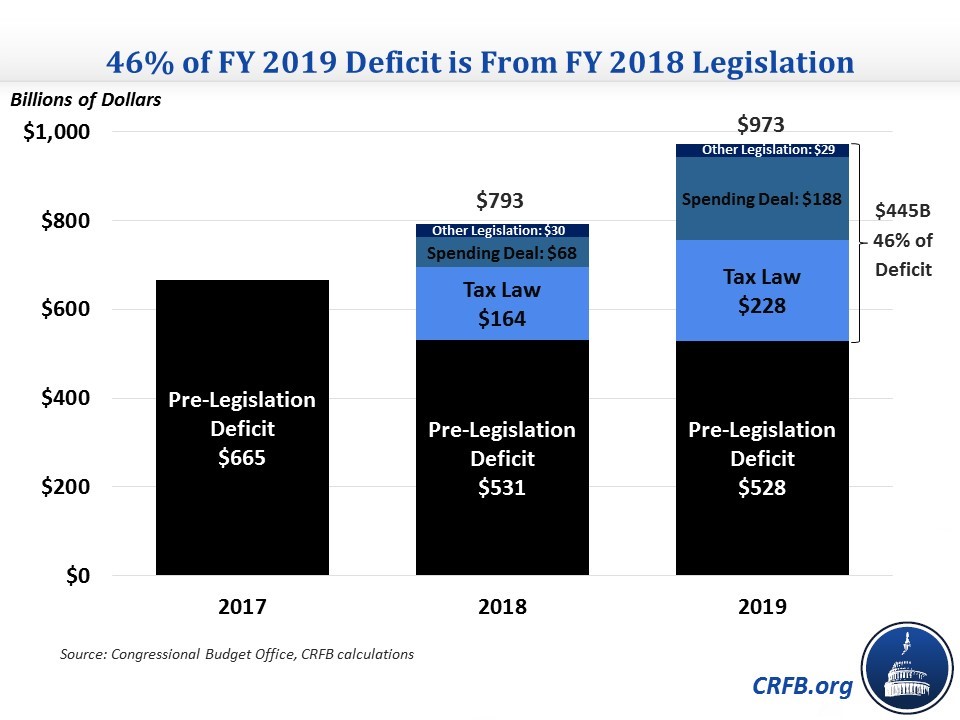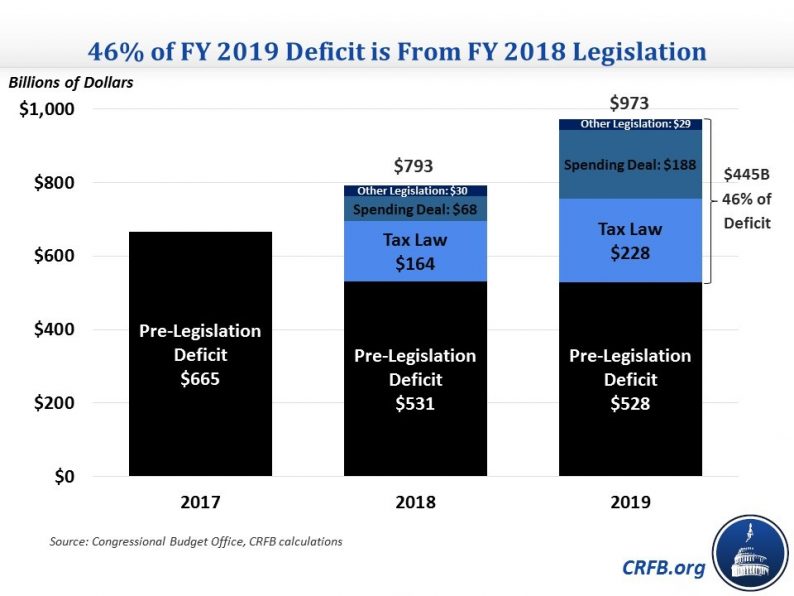Last Friday, I discussed that without much fanfare or public discussion, Congress decided to push the U.S. into deeper fiscal irresponsibility with the passage of another Continuing Resolution (CR). To wit:
“The House on Wednesday passed an $854 billion spending bill to avert an October shutdown, funding large swaths of the government while pushing the funding deadline for others until Dec. 7.
The bill passed by 361-61, a week after the Senate passed an identical measure by a vote of 93-7.”
Without the passage of the C.R. the government was facing a “shut-down” just prior to the mid-term elections. So, rather than doing what is fiscally responsible for the long-term solvency and financial health of the country, not to mention the generations to come, they decided it was far more important to get re-elected into office.
As I noted last week:
“For almost a decade, Congress has failed to pass, and operate, underneath a budget. Of course, without any repercussions from voters in demanding that Congress ‘does their job,’ the path to fiscal insolvency continues to grow.
The Committee For A Responsible Federal Budget made the following statement:
“We’re pleased policymakers have likely avoided a shutdown and actually appropriated most of this year’s discretionary budget on time. But let’s not forgot that Congress did so without a budget and had to grease the wheels with $153 billion to pass these bills. That isn’t function; it’s a fiscal free-for-all.”
Of course, with trillion-dollar deficits just around the corner, the negative impact from unbridled spending and debt increases will begin to reverse the positive effects from deregulation and tax reform.”
With the end of the Fiscal year for the government ending September 30th, the government now marches into 2019 after having added $2,423,000,000,000 to the debt over the next decade. Of course, that debt was the result of the fiscally irresponsible legislation passed last year which will also add a minimum of another $445 billion to the deficit in the coming year.
As the CRFB notes:
“Two pieces of deficit-financed legislation explain the vast majority of this increased borrowing – the Tax Cuts and Jobs Act of 2017 (TCJA) and the Bipartisan Budget Act of 2018 (BBA18). Looking at next year alone, TCJA is projected to add about $230 billion to the deficit, including its effects on interest costs and economic growth. BBA18 is projected to add another $190 billion. Other legislation, including to delay health-related taxes, provide for disaster relief, and fund the government, is projected to add about $30 billion.”

While the markets have been the beneficiary of the tax cut legislation, which gave a short-term boost to corporate profitability, the economy has enjoyed a boost from the massive increases to spending from what should have been more aptly termed the “Bipartisan Non-Budget Act of 2018.” Notice in the chart below the pickup in economic activity has coincided with a surge in the deficit. Spending on natural disasters and defense spending increases “pull forward” future economic growth which is an illusion of an economic turn.













Leave A Comment